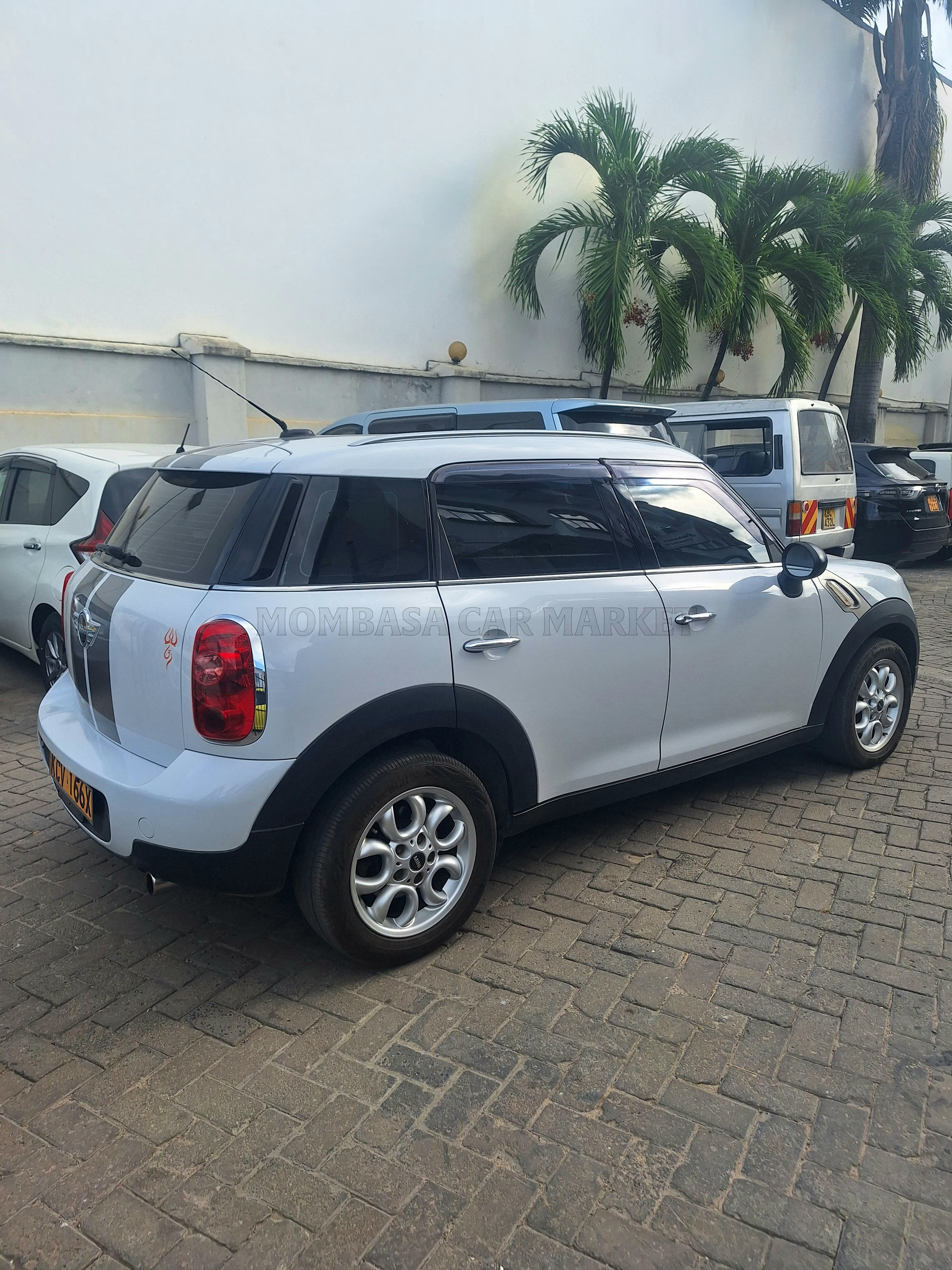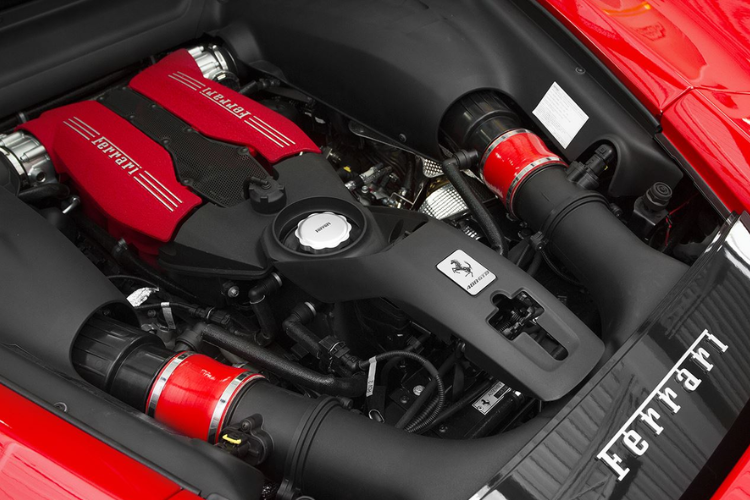
Famous Car Engine Types and What They Mean.
Have you ever wondered what the meanings behind engine names such as V6, V8, V12 and even the elusive V16 are? Understanding the various car engine types and their names can add a whole new level to your appreciation of automotive engineering.
In this informative blog, we'll take a closer look at the different types of car engines, revealing the mysteries behind their names, and exploring what sets them apart.
Inline Engines.
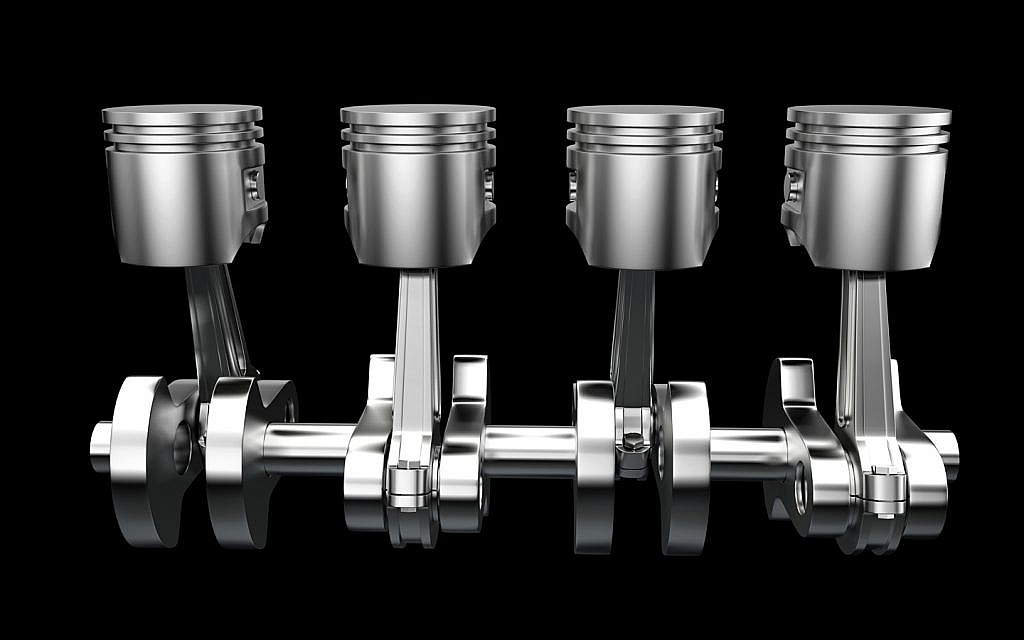
Picture this: a row of cylinders lined up like soldiers, firing in perfect harmony. These engines are known for their smooth operation and fuel efficiency, making them popular choices for everyday commuters.
Inline-4 (I4):
- The inline-4 engine, also known as the straight-4, is one of the most common engine configurations found in modern cars.
- Its name, "inline-4," refers to the arrangement of its cylinders in a straight line, with four cylinders in total. This layout is known for its balance of performance and fuel efficiency.
Inline-6 (I6):
- Moving up the ladder, we have the inline-6 engine, which features six cylinders aligned in a single row.
- This engine type is renowned for its smooth operation and is often favored for its power delivery and refinement.
V-shaped Engines.
Now, let's dive into V-engine territory, a symbol of power and performance. Imagine two rows of cylinders forming a "V" shape under the hood. The number following the "V" represents the number of cylinders in each bank.
So, a V6 has six cylinders (three per bank), a V8 has eight (four per bank), and so on. These engines are prized for their robust power delivery and throaty exhaust notes, making them favorites among enthusiasts and performance seekers.
V6:
- The "V" in V6 denotes the engine's cylinder arrangement, with six cylinders positioned in two banks at an angle to each other, forming a "V" shape when viewed from the end.
- V6 engines strike a balance between performance and fuel economy, making them a popular choice for a wide range of vehicles, from sedans to SUVs.
V8:
- Stepping up the power game, the V8 engine boasts eight cylinders arranged in a V-shaped configuration.
- Known for their robust power delivery and distinctive V8 engine note, these powerplants are often found in high-performance cars and trucks.
V12 and V16:
- While V12 engines are relatively rare, they are celebrated for their smooth power delivery and refined performance, often gracing the engine bays of luxury cars and high-end sports cars.
- The ultra-exclusive V16 engine, with its sixteen cylinders arranged in a V-shaped configuration, represents the pinnacle of automotive engineering, embodying sheer extravagance and unparalleled performance.
Boxer Engines.

Next up, we have the boxer engine, named for its horizontally opposed cylinder layout resembling two boxers throwing punches. These engines, denoted by "Flat," feature cylinders that lie flat on opposite sides of the crankshaft.
The number following "Flat" indicates the number of cylinders. Known for their low center of gravity and balanced performance, boxer engines are favored by sports car fans and rally enthusiasts.
Boxer 4 (Flat 4) and Boxer 6 (Flat 6):
- Unlike inline and V engines, boxer engines feature cylinders that are horizontally opposed, resulting in a lower center of gravity and unique engine note.
- The Subaru Boxer 4 and Porsche's iconic Boxer 6 are celebrated for their distinctive characteristics, offering a blend of performance and handling prowess.
Rotary Engines.
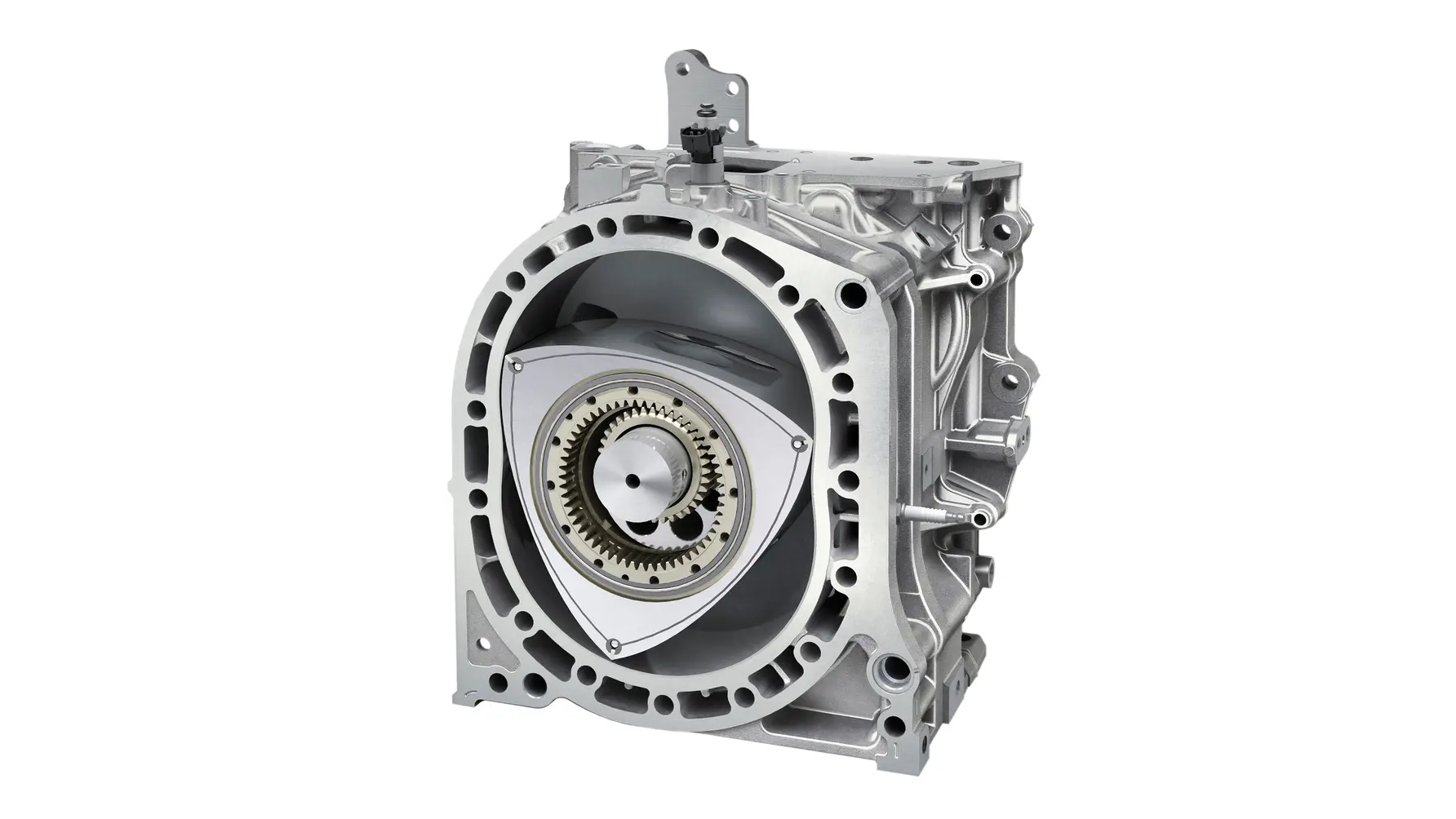
Prepare to be wowed by the rotary engine, a compact powerhouse that defies convention. Instead of pistons moving up and down, rotary engines feature a unique triangular rotor that spins in a circular motion within a chamber.
These engines, also known as Wankel engines, offer high-revving performance and compact size, making them ideal for sports cars and aircraft.
Wankel Rotary Engine:
- Separate from conventional piston-driven designs, the Wankel rotary engine operates on a unique rotary principle, delivering smooth power and high-revving performance.
- Mazda's renowned rotary-powered sports cars, such as the RX-7 and RX-8, have garnered a dedicated following due to their distinctive engine design.
Hybrid and Electric Powertrains.
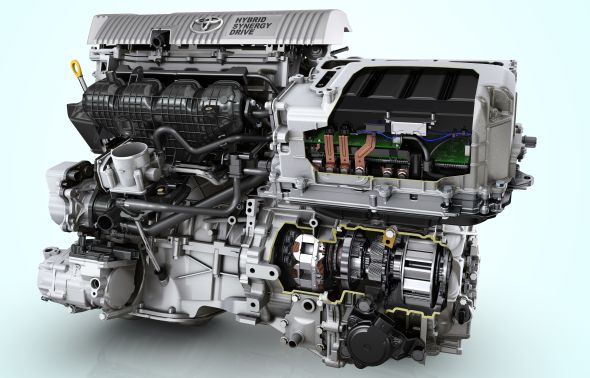
In this age of sustainability, hybrid and electric powertrains are leading the charge towards greener motoring. Hybrid engines combine traditional combustion engines with electric motors for enhanced efficiency and reduced emissions.
Meanwhile, electric vehicles (EVs) rely solely on electric power for zero-emission driving. With advancements in battery technology, EVs are gaining traction for their instant torque and silent operation.
Conclusion.
From the purr of a V8 to the hum of an electric motor, car engines come in all shapes and sizes, each with its own unique character and capabilities.
Understanding the diverse world of car engines not only adds depth to your automotive knowledge but also enhances your appreciation for the engineering marvels propelling our vehicles.
Each engine type carries its own story and purpose, shaping the driving characteristics and personalities of the cars they power.
Share this blog with your fellow car lovers and be sure to check our socials listed below for future updates on blog posts just like this.


